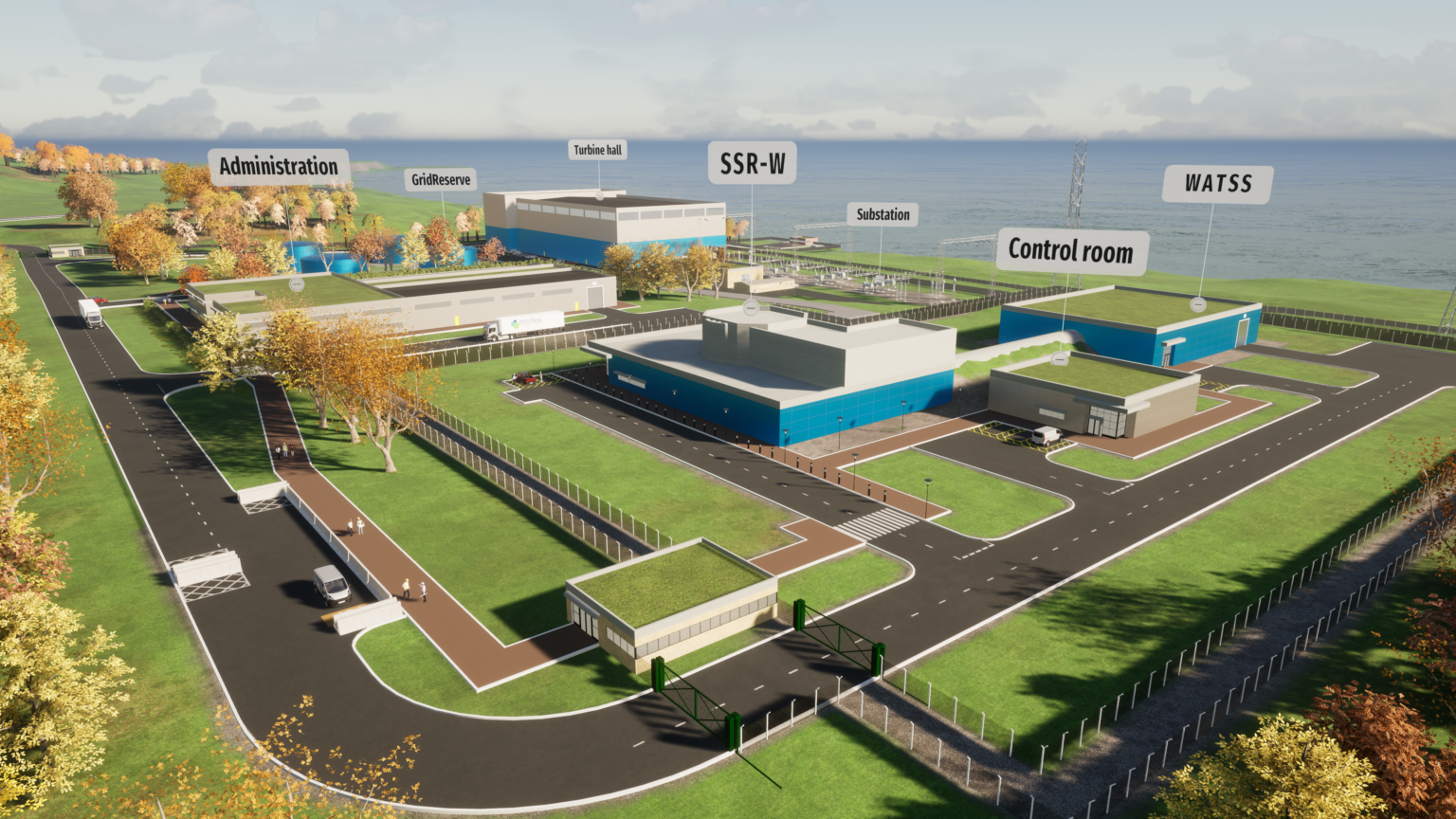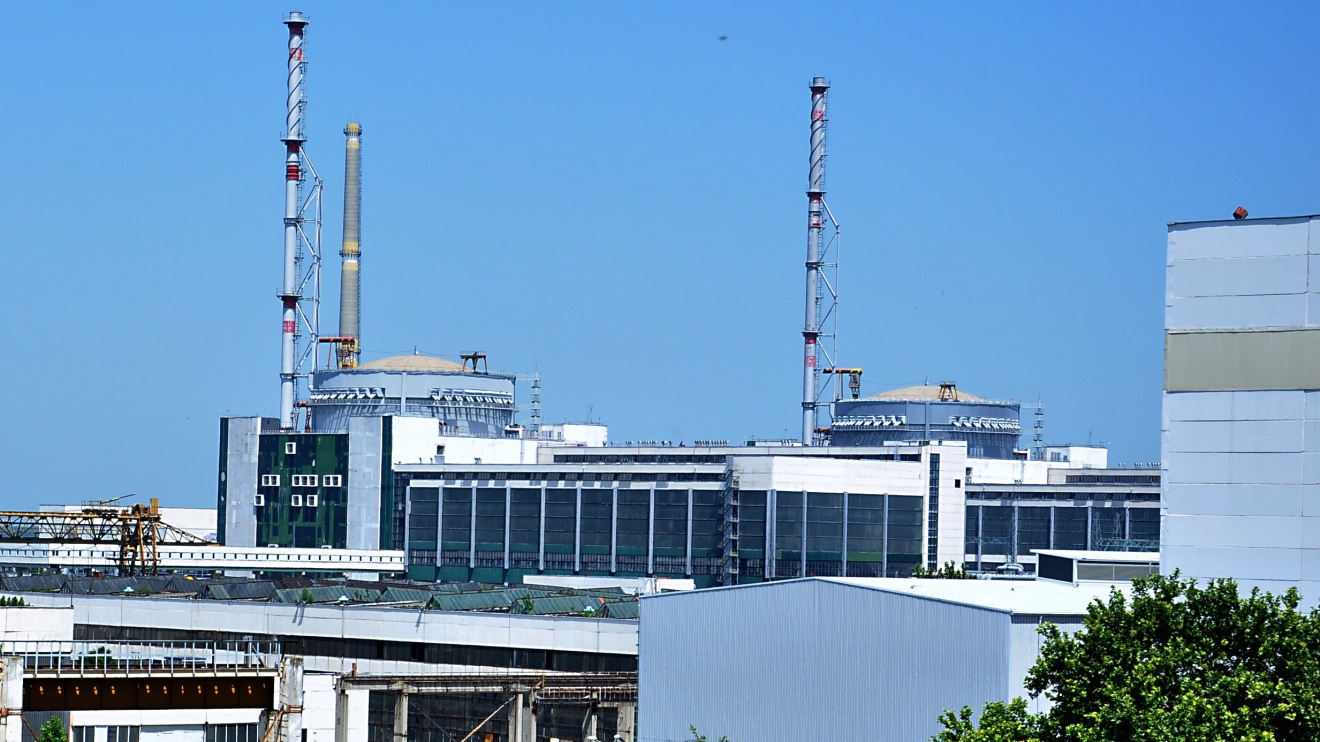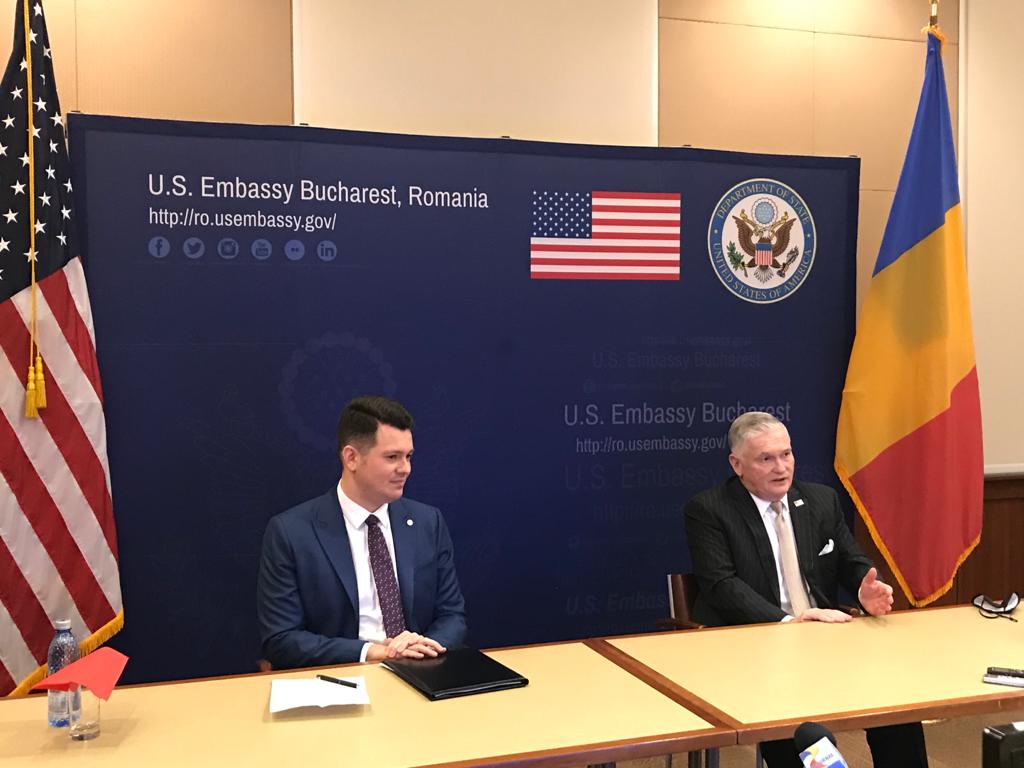Commissioner Caputo to leave NRC on June 30

Caputo
The Nuclear Regulatory Commission’s Annie Caputo will depart the agency when her term expires at the end of this month, NRC Chairman Christopher Hanson said yesterday. Her departure will leave the five-seat panel with only three commissioners—the minimum number required for it to conduct business—as former chairman Kristine Svinicki resigned in January of this year.
At this writing, Caputo has not announced her post-NRC plans.
Remaining on the commission are two Democrats, Hanson and Jeff Baran, and one Republican, David Wright. President Biden has not named a replacement for either of the vacancies and can choose only one Democrat, since no more than three commissioners can be from the same political party.



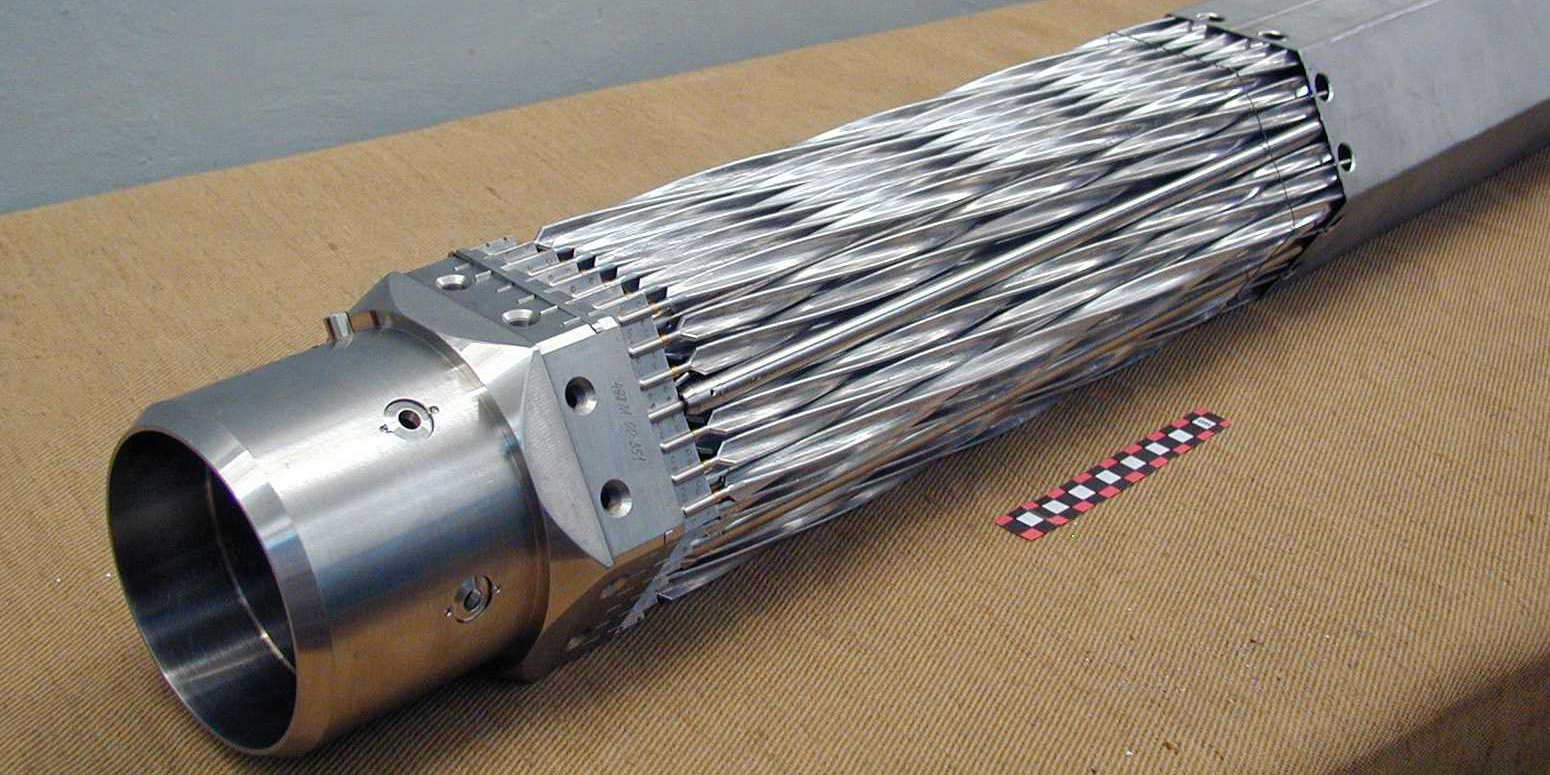
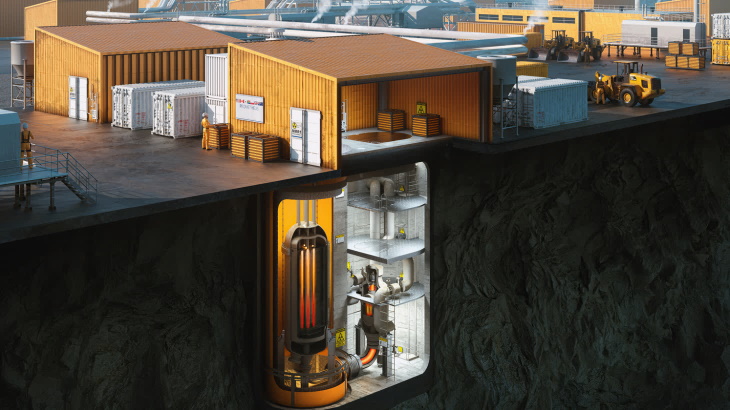



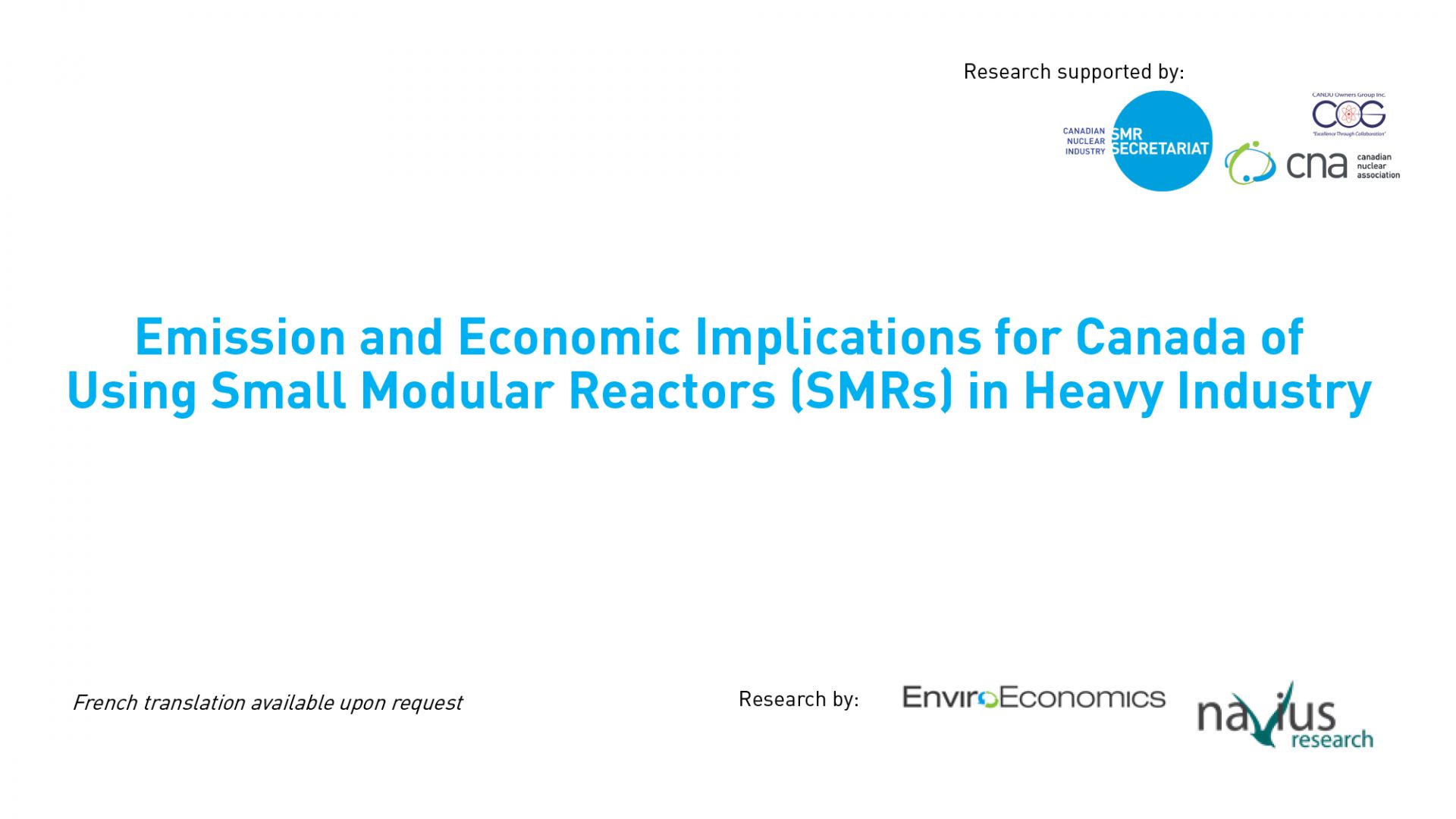 New research indicates
New research indicates
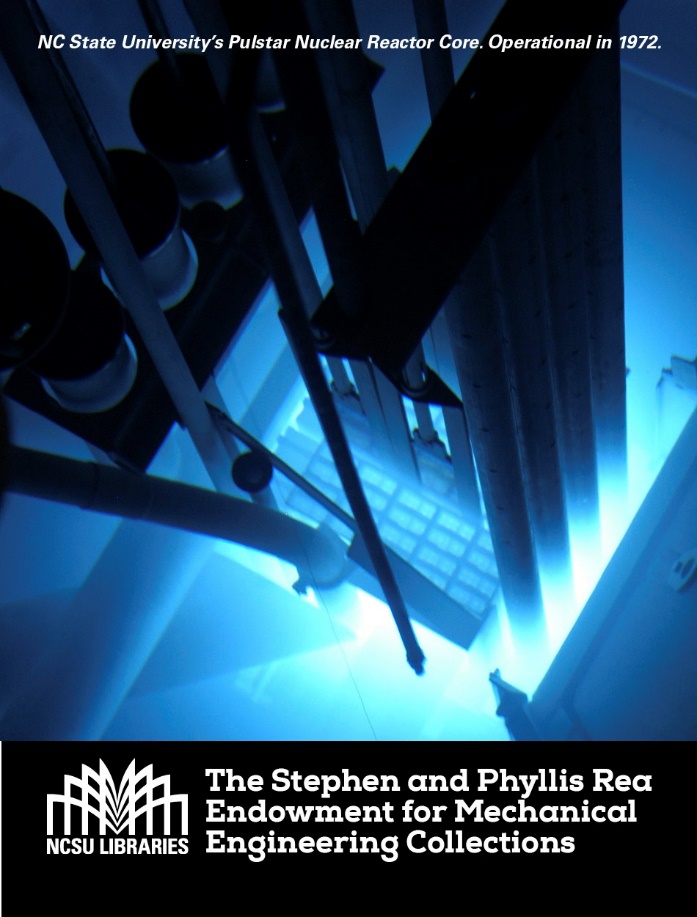 The North Carolina State University (NCSU) Libraries Department and the Department of Nuclear Engineering are collaborating to build
The North Carolina State University (NCSU) Libraries Department and the Department of Nuclear Engineering are collaborating to build 